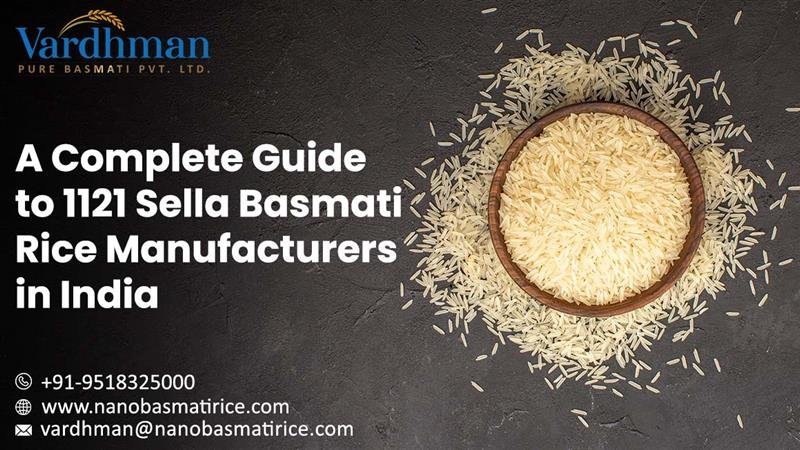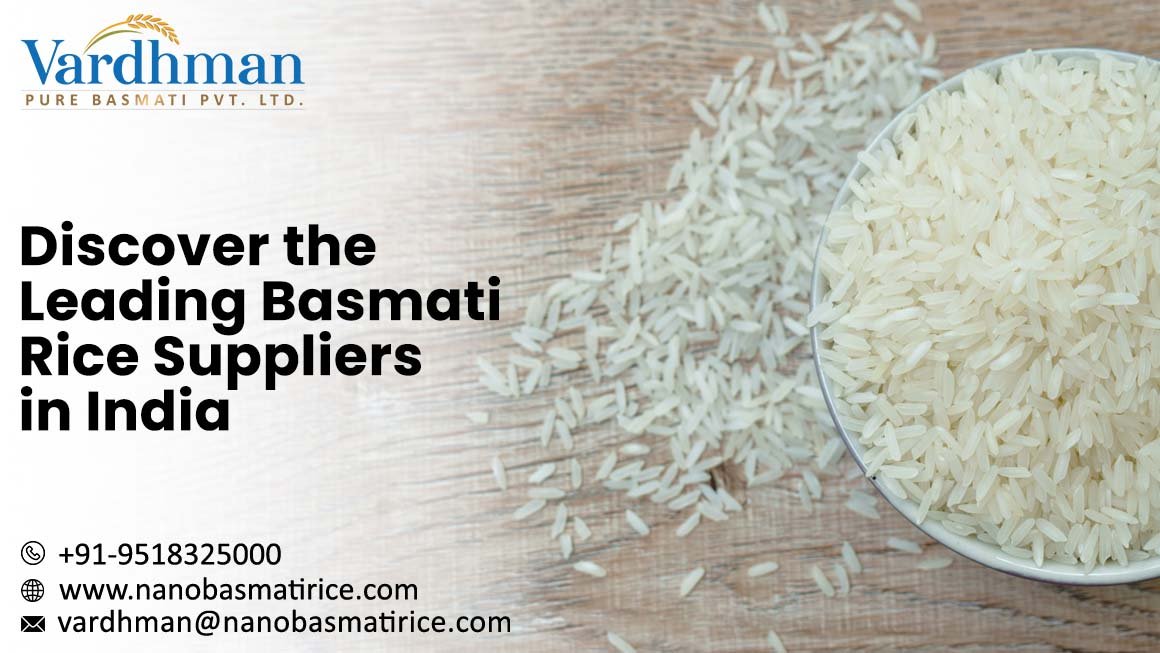
- By Nano Basmati RIce
Among quality rice, Indian Basmati is the one that is considered as having a different fragrance, long grains and incomparable taste. This rice is famous at the world level and it is not just a regular food; it is the representation of quality and tradition. The Indian Basmati Rice Manufacturers have incorporated a blend of the traditional techniques and the advanced technology to deliver to the market every grain that is the best in terms of purity, texture, and taste.
This blog will talk about the innovative practices and the professional skills that have seen Basmati rice being a favourite at tables across the world.
Best Practices in Producing the Quality Basmati Grains: The Simple Guide.
Indian Basmati Rice Manufacturers have the business of making those puffy, fragrant rice that we all enjoy.
The methods of preparing the soil also entail the use of chemicals like pesticides and other chemicals that are used to fight against different pests.
That is the way those experts prepare the soil to produce the most desirable grains:
• Begin with a Soil Test - Find out the pH and the amount of nutrients in the soil to ensure that it is in the right condition to germinate Basmati seeds.
• Add Organic Compost and Micronutrients- Add compost and micronutrients such as zinc to the soil and make the grains grow longer and healthier.
•Drip Irrigation- Do not over water log the soils and ensure that the grains assume the right shape and smell.
•Sustainable Practices - Crop rotation helps keep the soil healthy and increase the yield up to 20%.
2. Choosing high quality Seeds
The great rice takes its starting in the seed:
• Certified Seed Use - Ensures disease free with high yielding plants.
• Grain Uniformity- Seeds are chosen based on similarity in length and texture.
• Periodic Seed Renewal - This is to ensure that there is no genetic erosion, and that the genuineness is maintained over time.
3. Harvesting Methods
• The secret of preserving grains in their freshness and taste is time and method:Harvest Timing - Choose between 120-140 days, (that is), 20-22 is moisture optimum to shun cracking grains.
• Light Combine Settings- Minimal damage will be done and the natural oils which give the grain its characteristic aroma will be retained.
• Frequent Checking - Check the moisture sensors and other accuracy measures to make sure that the grain is not broken.
Through these effective measures, Indian Basmati rice producers have always produced a grain that is fluffy, aromatic and indeed outstanding.
4. A Milling Process of best Basmati Rice.
It is expected to preserve the delicate flavour and texture of rice in the process of making it ready to be cooked on the daily basis. Here is a glimpse of the contemporary ways that contribute in attaining that ideal balance.
| Technique | Why It Matters |
| Stone Polishing | Saves the natural aroma and preserves the crunchy one. |
| Multi-Stage Grading | Used to maintain the same look and taste of cooking. |
| Automated Sorting | Get rid of bad grains and only the best product is produced. |




